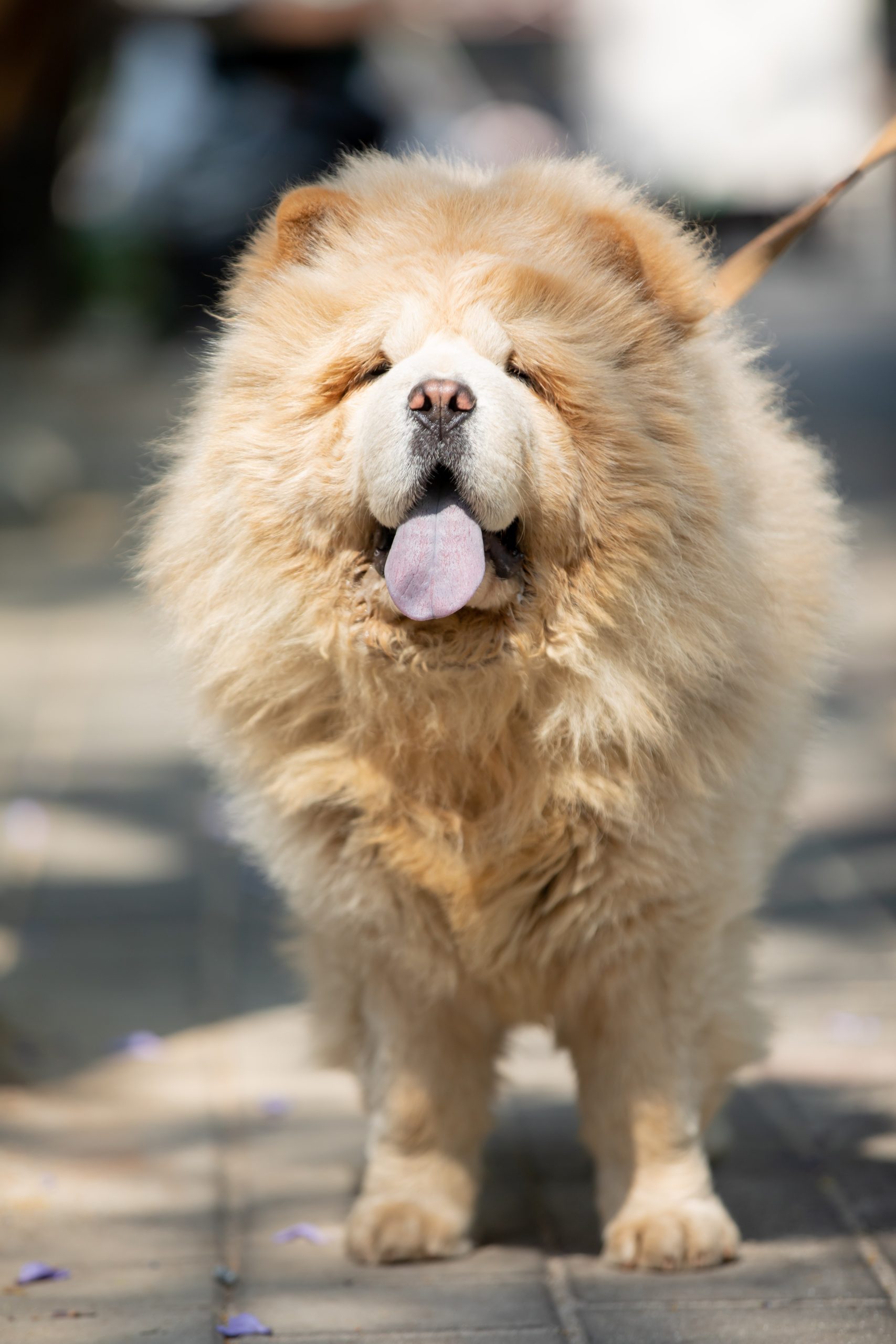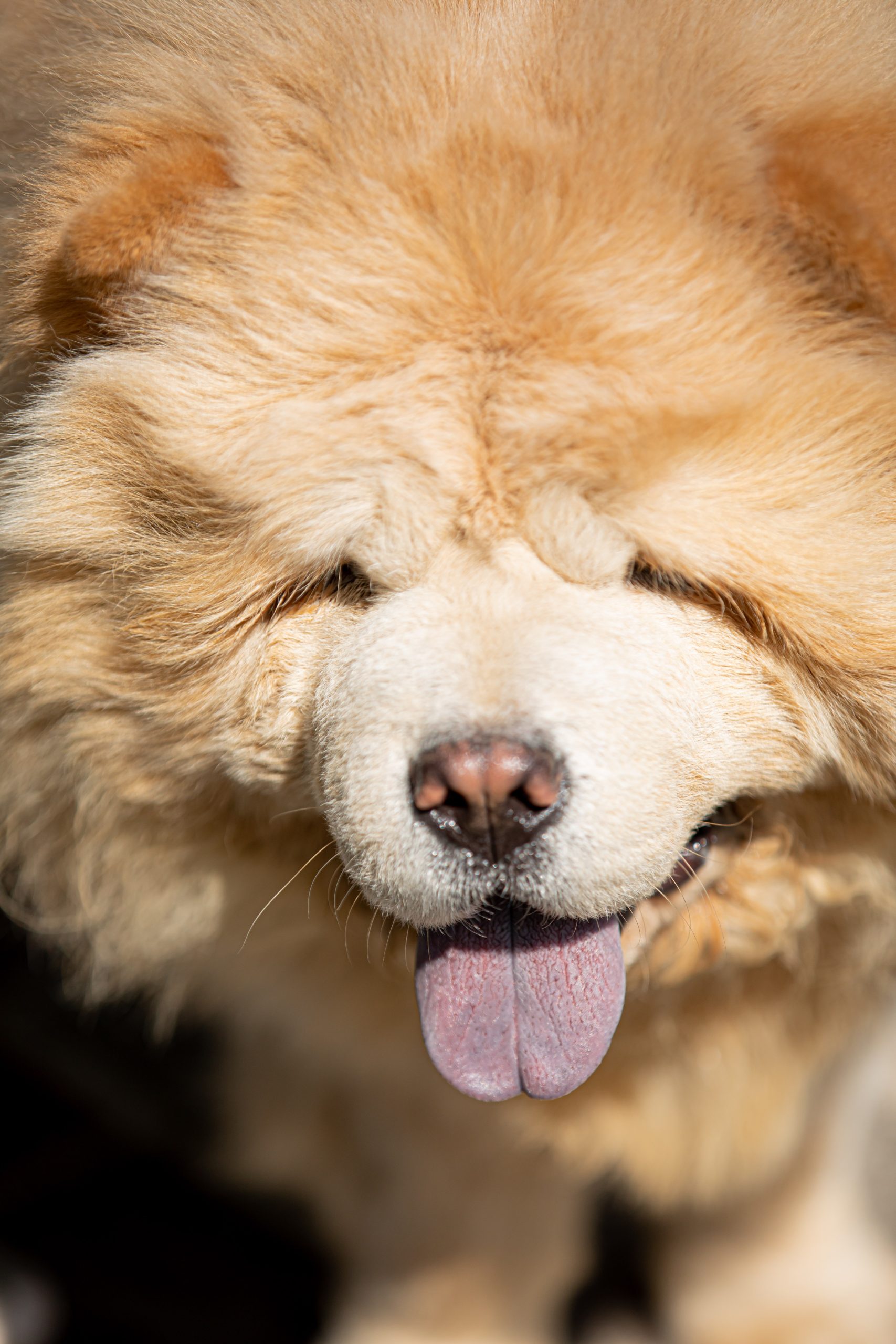The Chow Chow, an all-purpose canine from ancient China, evokes images of a powerful, chest-deep nobleman with a sense of enigmatic timelessness. The Chow Chow is a breed of unusual pleasure that is dignified, serious-minded, and aloof. Chows are large, powerful canines that can reach a shoulder height of 20 inches. A lion’s mane ruff around the head and shoulders, a blue-black tongue, deep-set almond eyes that add to a scowling, haughty attitude, and a stiff-legged walk are some of their distinguishing features. Red, black, blue, cinnamon, or cream-colored coats in various textures are common on chows. Owners claim that Chows are the cleanest dogs since they are believed to be as meticulous as cats, are known to be easy to housebreak, and have little canine odor.
Well-behaved Chows are never ferocious or difficult to handle, but rather always elegant and respectable. They are distant with strangers but devoted to their loved ones no matter what. Chows readily adapt to city life because they are calm and flexible and don’t require any specific exercise.






 Health
Health Grooming
Grooming Exercise
Exercise Training
Training Nutrition
Nutrition